COVID19 is a major setback experienced worldwide by all of us. Dealing with COVID19 treatment has been difficult so far. Many scientists and researchers are trying their level best to come up with a solution to beat the coronavirus impact. This year, with the rolling out of vaccines, there is some sign of relief. However, let’s not forget that the virus is still present among us and creating havoc.
Ensure guidelines are followed to control the spread of coronavirus
To stop the spread of coronavirus, governments across each and every nation are issued guidelines such as wearing a mask, avoiding gatherings and parties, social distancing, and sanitizing. To bring these guidelines into existence, all the schools and colleges are shut. The new norm of working from home has also started.
Everyone across the world is impacted by this coronavirus outbreak. Right from adults to children are affected due to this pandemic. Along with the physical aspect, there is a major impact on the mental impact. Doctors and healthcare professionals have come forward to protect people all around the world.
The effect of the pandemic on children
Children are also affected due to this pandemic of coronavirus. The children are very sensitive by nature both mentally and physically. Pediatric coronavirus disease infection is relatively mild as compared to adults. Children are reported to have better progress in case of coronavirus infections. As per the research and statistics for the coronavirus outbreak, the mortality of children appears rare. It remains unclear why children and young adults are less prone to coronavirus infection than adults or elderly individuals. It is mainly due to some involvement due to different immune systems function in the elderly that makes them more sensitive to the coronavirus infection. With a weakened immune system, as age advances, you are more likely to have a coronavirus infection.
Detection of coronavirus infection in children
Clinical features of COVID19 in children include fever and cough and the majority of children remain asymptomatic. Asymptomatic cases in children are less likely to cause any transmission of the virus. Laboratory findings and chest findings may not be specified in the case of children with COVID19 infection. Diagnosis is by the Reverse Transcriptase- Polymerase Chain Reaction, RT-PCR which is performed by testing of upper and lower respiratory tract secretions to check the coronavirus patients. It is important to note that children who have a weakened immune system or suffering from any chronic medical condition are at higher risk of developing coronavirus infection. Also, children who are on any treatment like immunosuppressants or steroids are also at higher risk of infection. The management of coronavirus is very important in such cases as it can be a life-threatening condition.
Impact of coronavirus in the pediatric population
More than 10.3 million people have been infected and 50600 people have died. This number is surging and achieving great heights during the last month. The rolling out of the vaccines have made people get back to normalcy. But it is equally important to maintain the precautionary guidelines such as wearing a mask, sanitizing, and physical distancing. However, SARS-Co-V2 infection in children has a lower impact. The pediatric population has shown to have fewer chances of procuring infection. Only about 1 % to 2% of the population of infected people are children. It has been reported that there are fewer deaths among children below the age of 14 years so far. There is limited data regarding the demographics and clinical presentation of the COVID19 infected children.
Coronavirus infection in children as compared to adults
In contrast to adults, most infected children appear to have milder courses and have better outcomes. Children who are at high risk are mainly from family cluster cases. These children have also shown a milder form of coronavirus infection. Understanding the disease to gain control over the spread of coronavirus infection is very important. This will help to accelerate the development of vaccines and therapies.
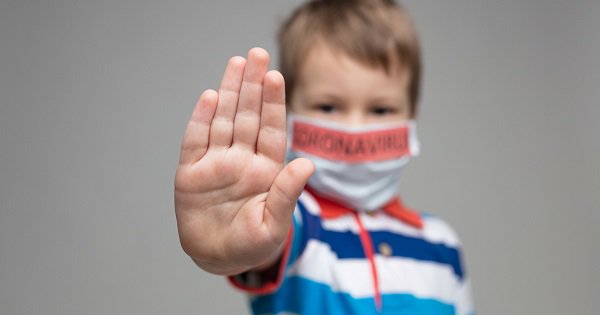
 Fortunately, the COVID19 outbreak has reported fewer cases in children than adults. Understanding the statistics and research is very important in the development of effective vaccines and therapies
Fortunately, the COVID19 outbreak has reported fewer cases in children than adults. Understanding the statistics and research is very important in the development of effective vaccines and therapies





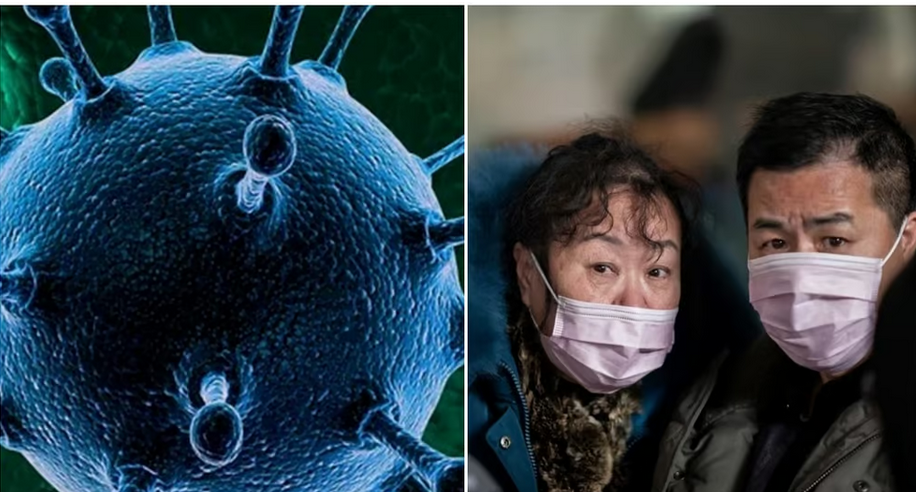

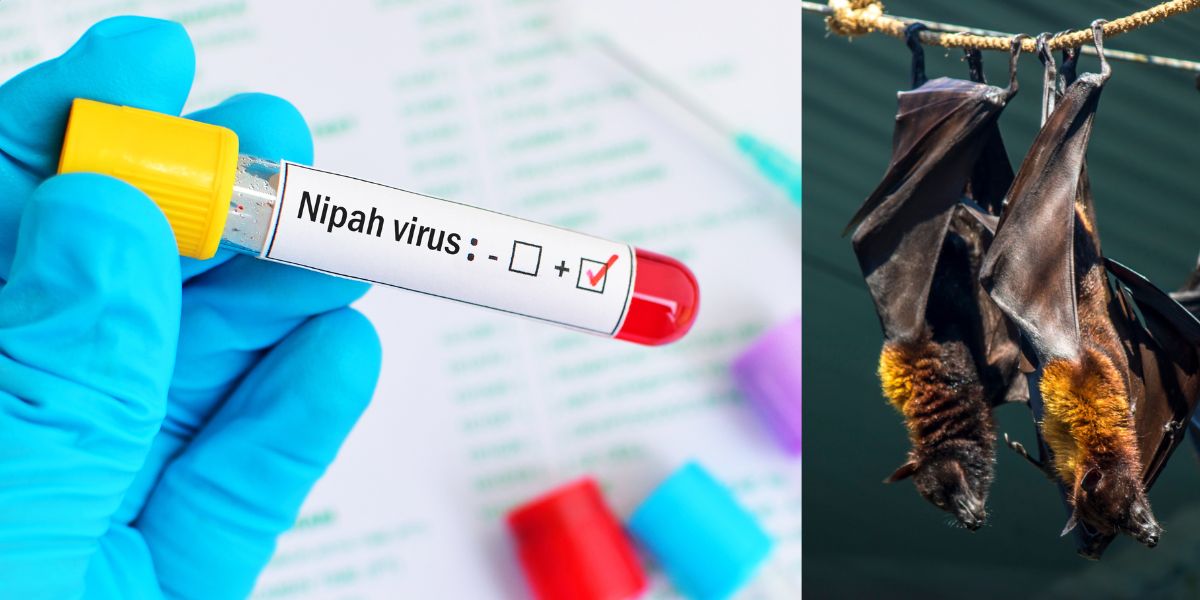
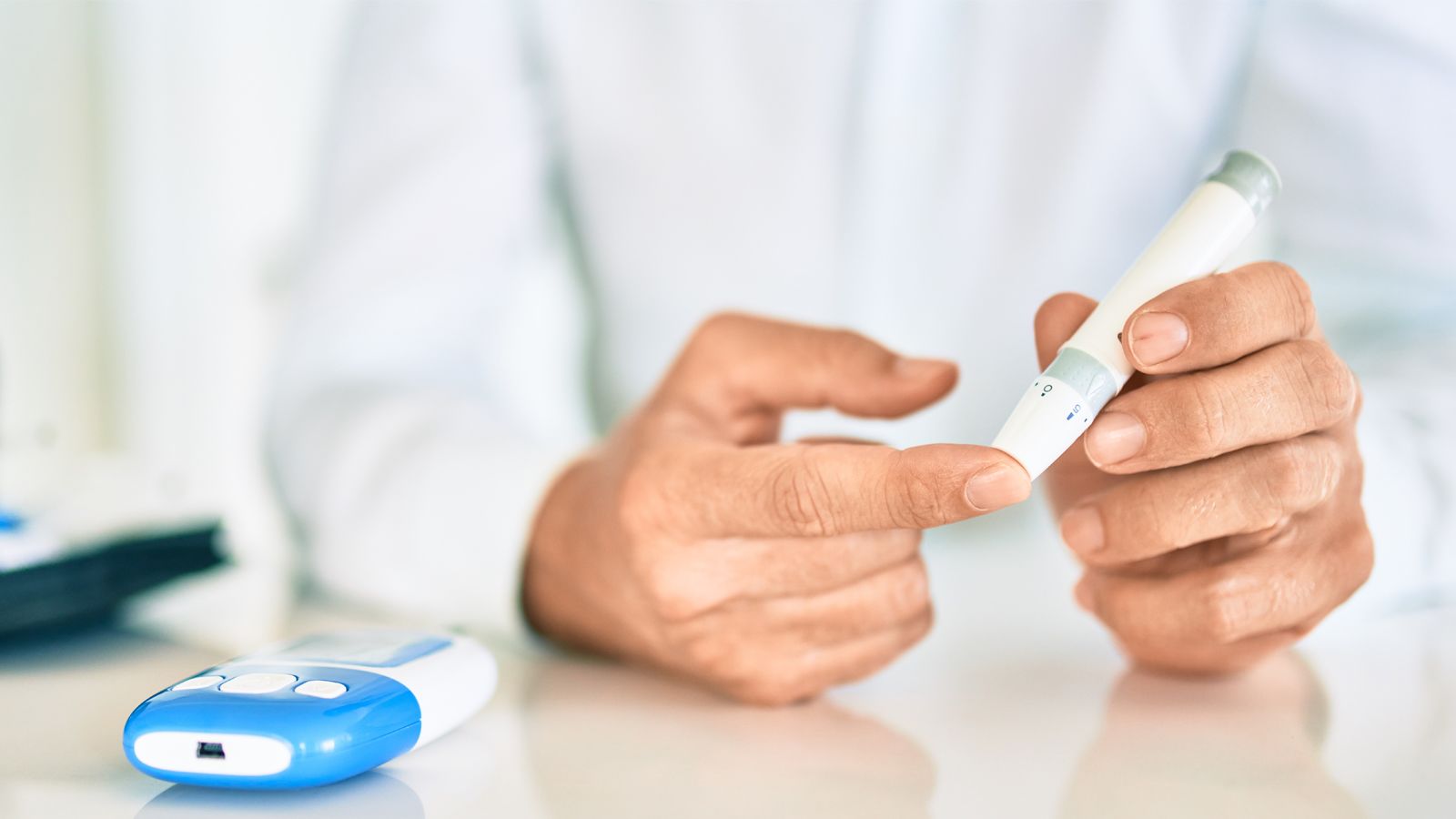
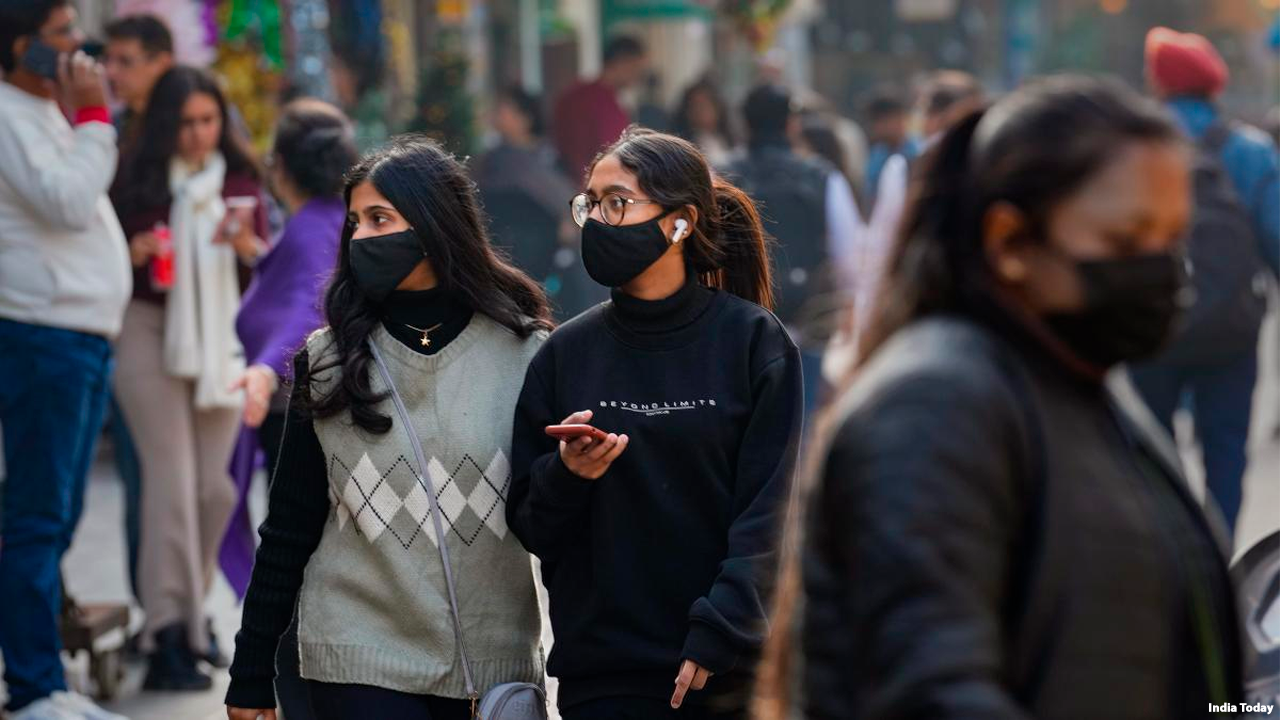

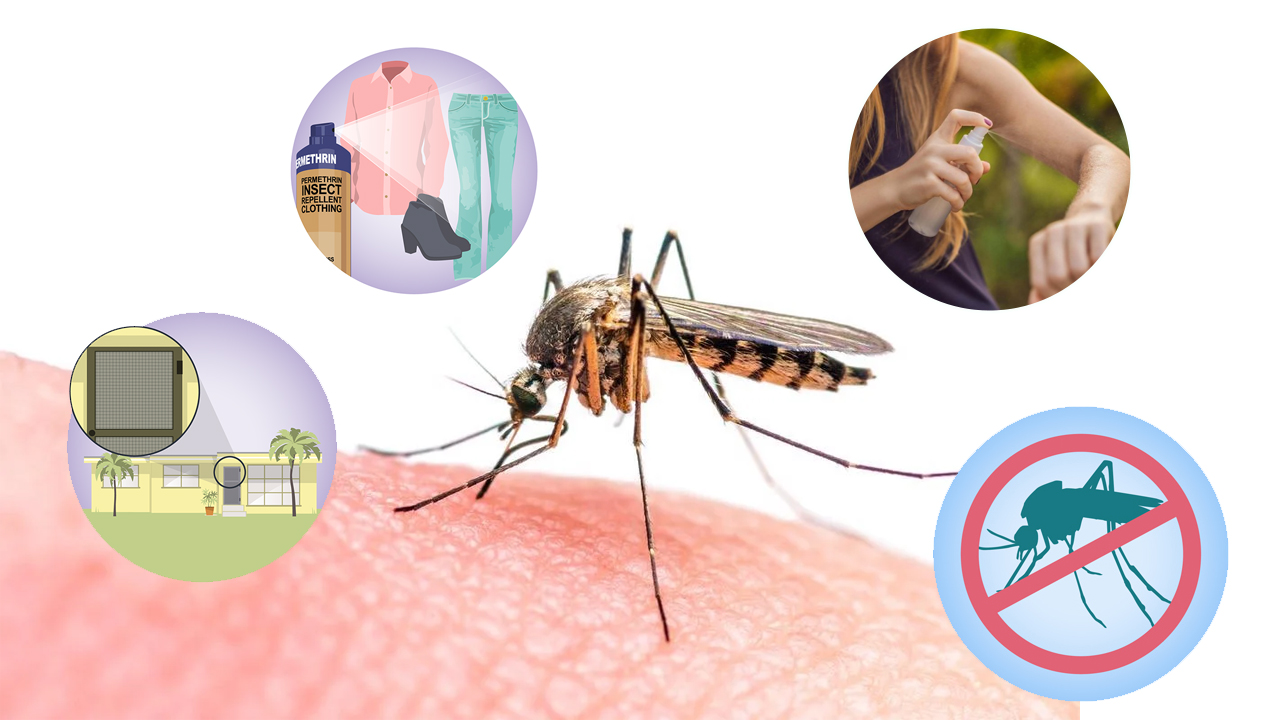
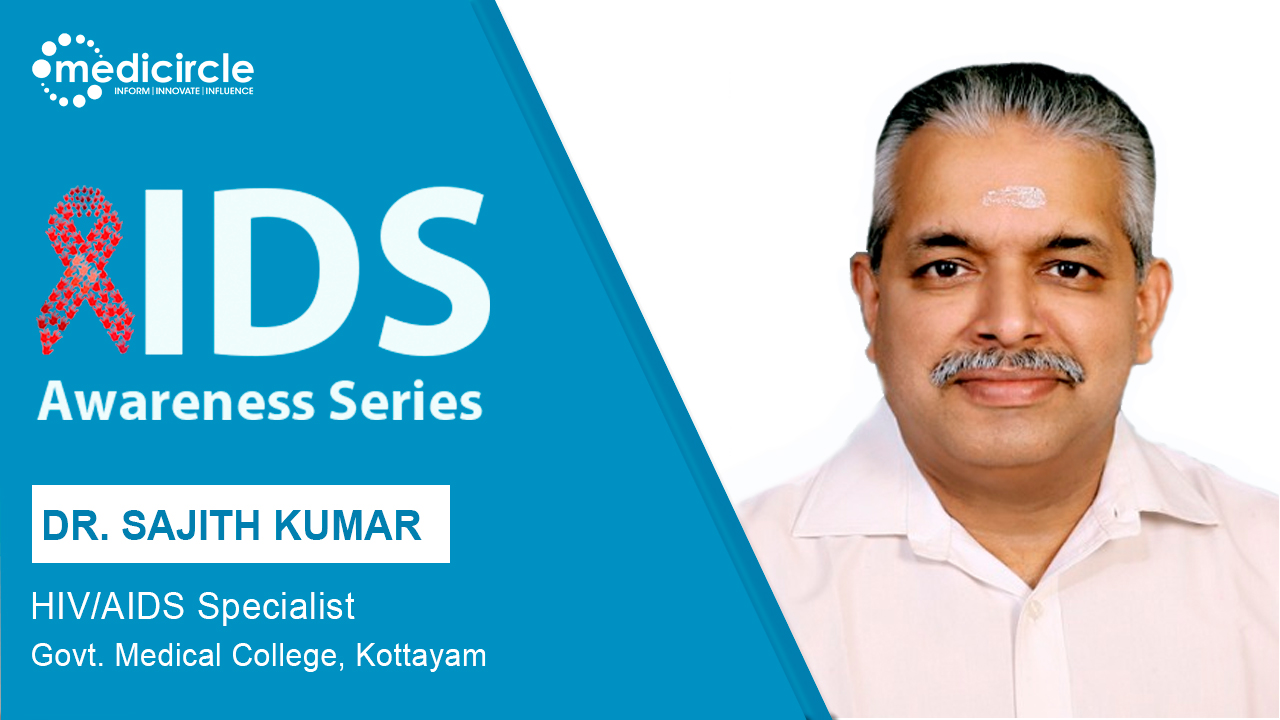






.jpeg)








.jpg)




.jpg)




